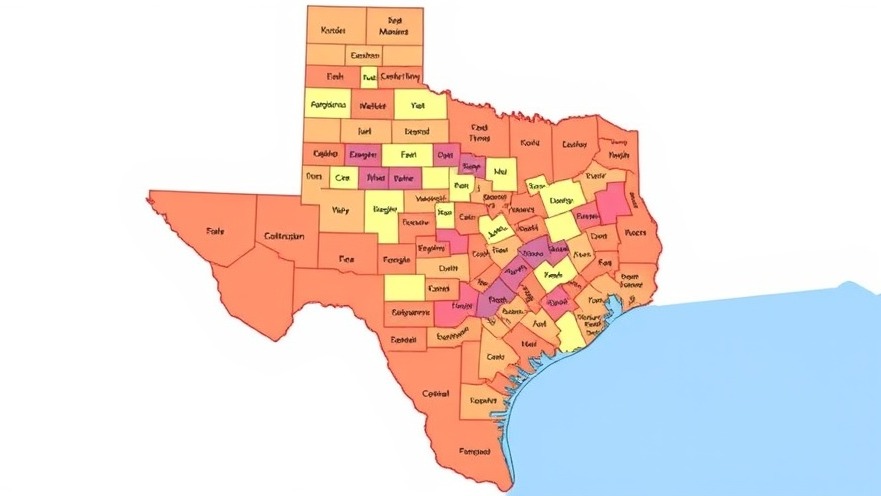
Texas Redistricting: A Political Tug of War
The battle lines in Texas politics are being drawn tighter than ever as Republicans unveil a contentious redistricting map that could drastically reshape the landscape for the state's congressional elections in 2026. As urban areas like Austin, Dallas, and Houston see Democratic incumbents packed into fewer districts, tensions mount over the potential for primary clashes in a deeply divided party.
Understanding the Redistricting Process
Redistricting, a process occurring every decade following the census, involves redrawing the boundaries of electoral districts. Typically, the party in power seeks to maximize its influence through strategic districting. In Texas, this has historically meant balancing the needs of an increasingly diverse population while ensuring that the political power dynamics favor the ruling party. This year, that party is the Republicans.
The Implications for Texas Democrats
With the proposed map, several Democratic representatives find themselves forced into the same districts, a predicament that could lead to intense intra-party rivalries. Representatives Lloyd Doggett and Greg Casar, for instance, stand to face off against each other in a newly delineated district in Austin. This political pressure might push long-serving incumbents towards either retirement or a desperate scramble for survival in less-favorable districts, further complicating the narrative of unity within the Texas Democratic Party.
The Fight for Political Survival
The potential primary clashes raise questions about the political future of several established members of Congress. Notably, this uncertainty extends beyond individual careers; it underscores fractures in the party's collective identity and approach to tackling issues such as voter mobilization and political outreach. As these representatives gear up for battles not just against each other, but against the Republican majority, their efforts to rally supporters are intensifying.
Legal Challenges Loom Ahead
Should the proposed redistricting plan move forward, it would likely encounter significant legal challenges. Texas Democrats are gearing up for an aggressive fight, labeling the changes as discriminatory and illegal. This opposition is not merely tactical; it reflects broader concerns about fair representation for diverse communities in Texas that have historically been marginalized in electoral politics.
Upcoming Elections: A Pivotal Moment
The 2026 elections are poised to be a defining moment for both parties in Texas. As Republicans work to fortify their stronghold, Democrats are strategizing ways to not only maintain their current seats but to reclaim ground in historically red areas. The stakes are incredibly high, as the outcome will likely influence policy direction on critical issues such as gun laws, immigration, and education reforms.
The Path Forward
Central to this discussion is the role voters will play in shaping the political landscape. As constituents watch the drama unfold, their reactions and turnout could very well dictate the success of candidates on both sides. A well-informed electorate is essential in ensuring that political representatives genuinely reflect the communities they serve.
Conclusion: Engage in the Process
The ongoing redistricting debates in Texas serve as a vital reminder of the importance of civic engagement. In light of potential changes, it’s crucial for voters and constituents to participate actively in discussions about district maps. Attend local hearings, engage with political leaders, and make your voice heard. The more active you are, the more you ensure that your representatives are held accountable.
 Add Element
Add Element  Add Row
Add Row 



Write A Comment